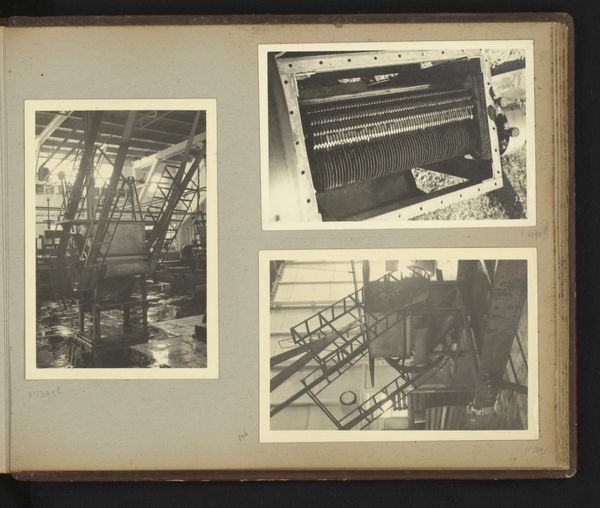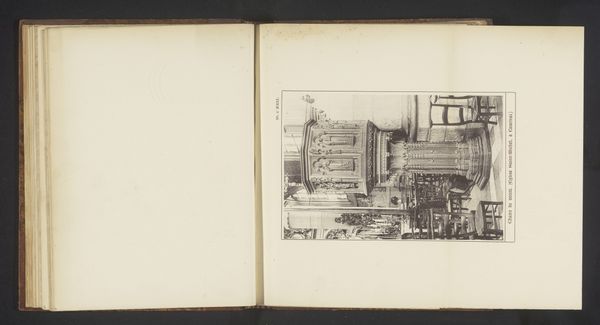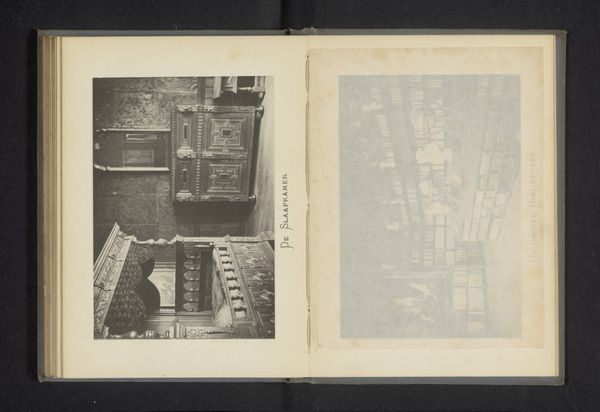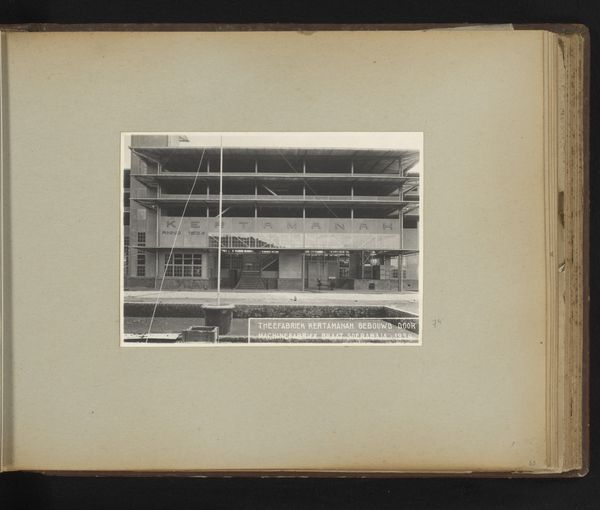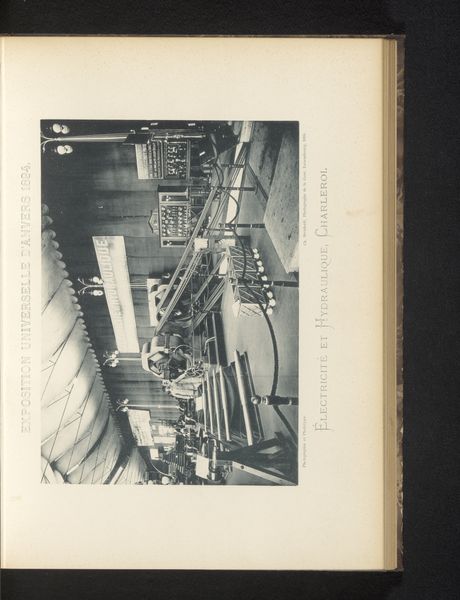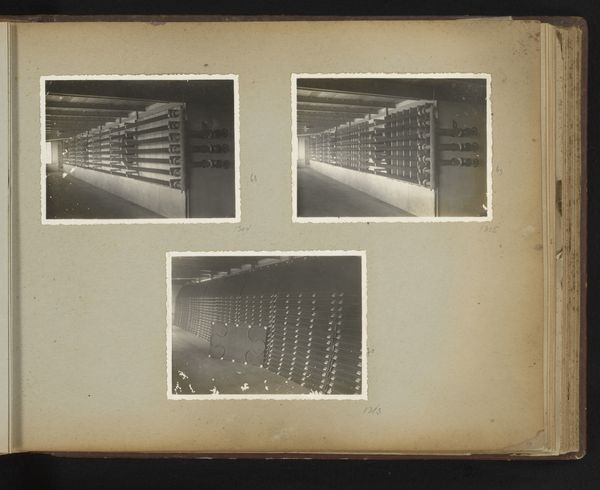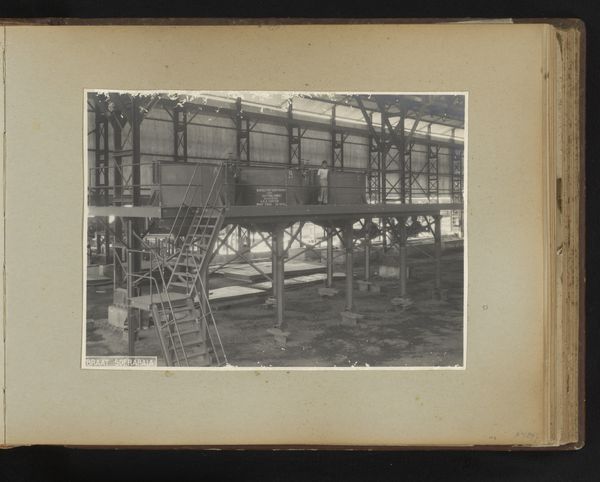
photography
#
precisionism
#
photography
#
cityscape
Dimensions: height 106 mm, width 156 mm, height 250 mm, width 320 mm
Copyright: Rijks Museum: Open Domain
Curator: Before us, we have two photographs of industrial equipment, both are untitled, although frequently known as "Machine" dating to the period between 1931 and 1937, author anonymized, but you can admire them at the Rijksmuseum. It's an intriguing example of precisionism in photography. What strikes you first? Editor: The rigid structure contrasting with the grime and wear speaks volumes about the relationship between progress and labor. It's compelling. There's something visually satisfying, yet cold about these two pictures. Curator: Indeed. Precisionism celebrated industrialization, seeing beauty in machines, trains, factories, grain elevators. It became pretty well-known at the beginning of the twentieth century as something intrinsically american, yet these ones... what is this even depicting? Editor: It makes me wonder about the materials these machines are composed of, the metals forged in fire, the skilled hands that shaped them. Look at how light renders the surface textures. It forces us to acknowledge all that effort, skill, but also, ultimately, exploitation. Curator: The rise of factories really transformed labour models worldwide, but the photographer really insists on aesthetic qualities rather than documenting socio-economic circumstances. Do you believe it unintentionally exposes the underbelly of that industrial advancement? Editor: In some ways, yes. The angle they chose—the close-ups, the attention to material—these all draw us into a world of mechanical labor and mass production. Even with precision, it all goes down, you see, rust, dust... this decay is quite evident. Curator: This tension between the aesthetic allure of the machine and the human cost is indeed something to consider in our modern reality of constant technological advances. Thank you for pointing out. Editor: Thank you for your expertise! I leave thinking of these unnamed workers behind machines, which are still a big component of our global production lines.
Comments
No comments
Be the first to comment and join the conversation on the ultimate creative platform.
